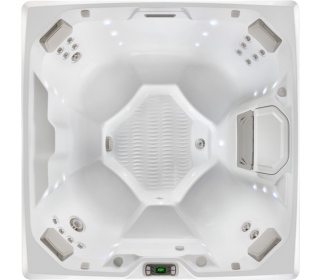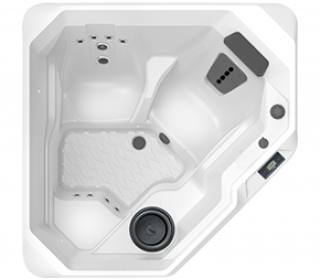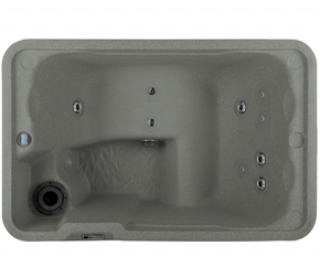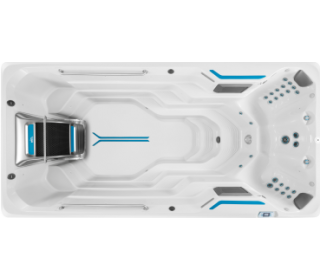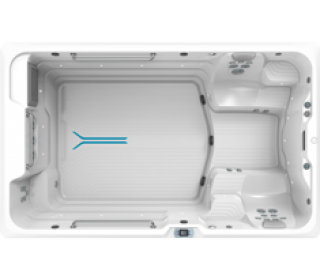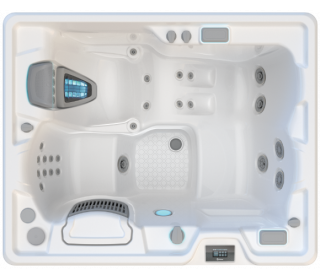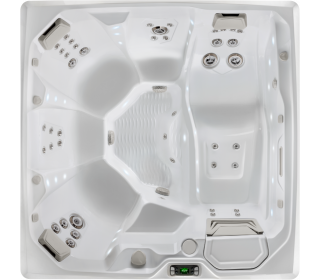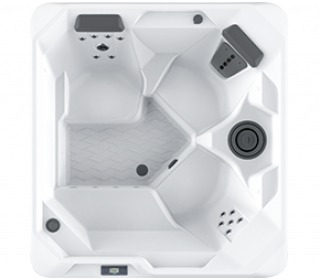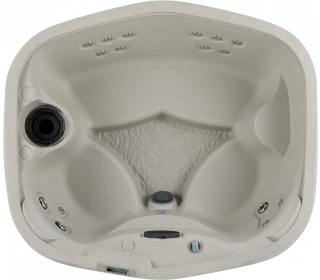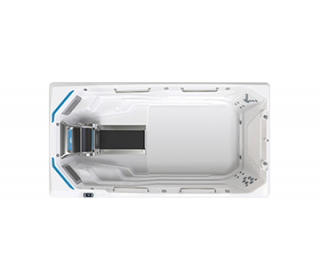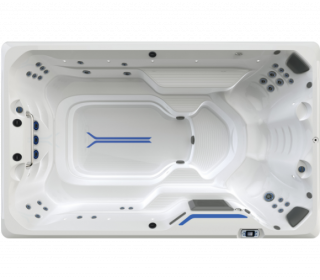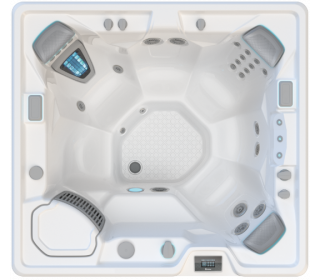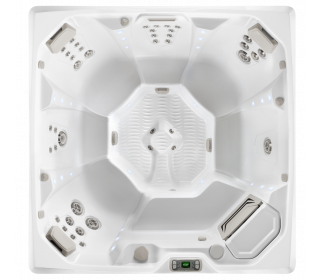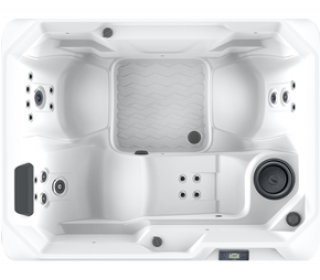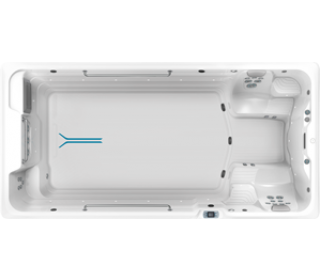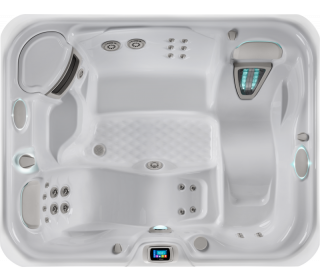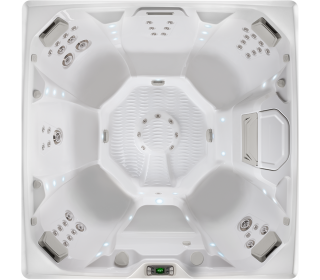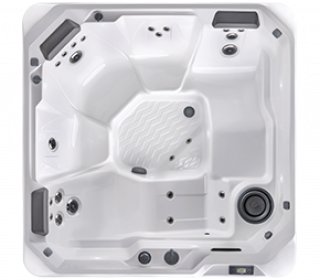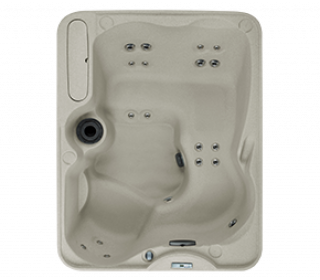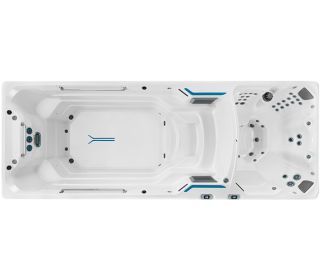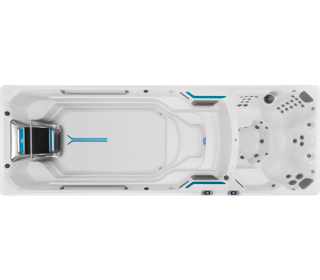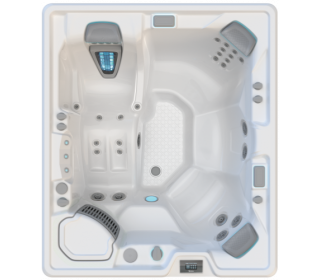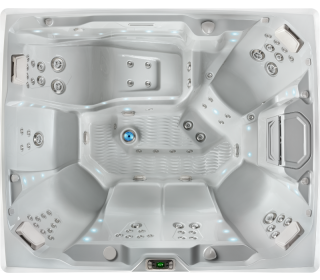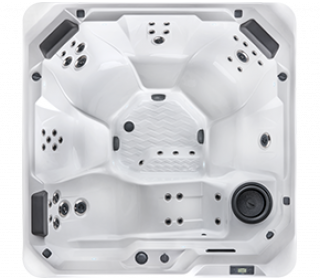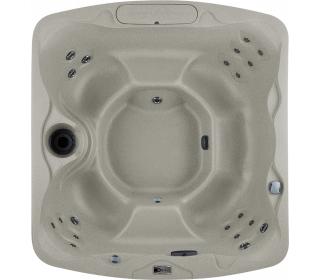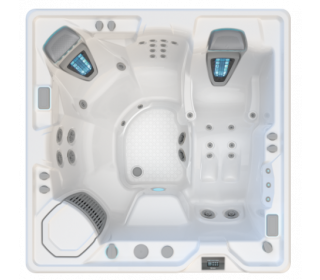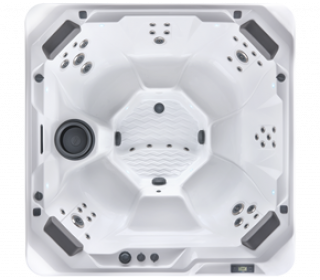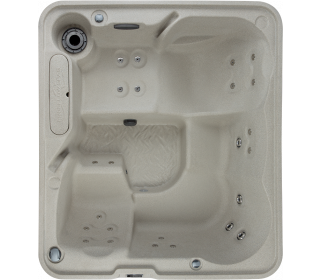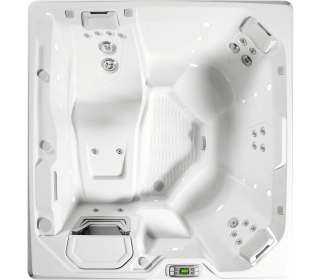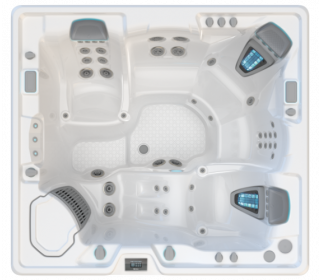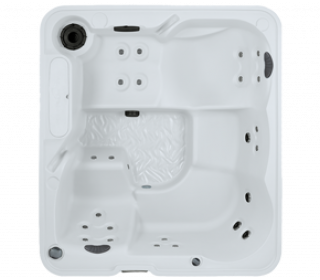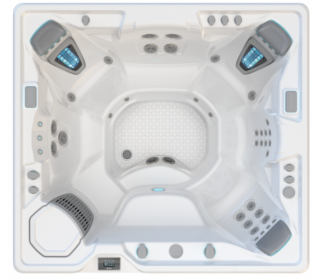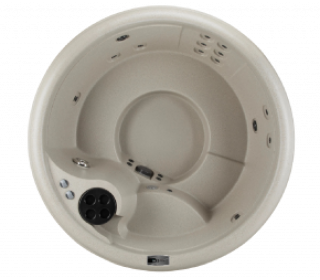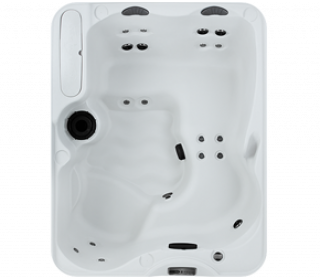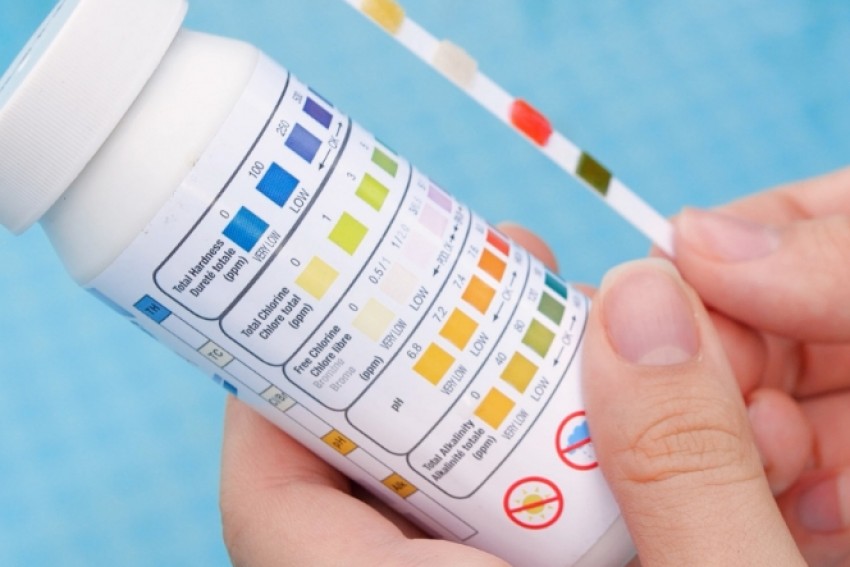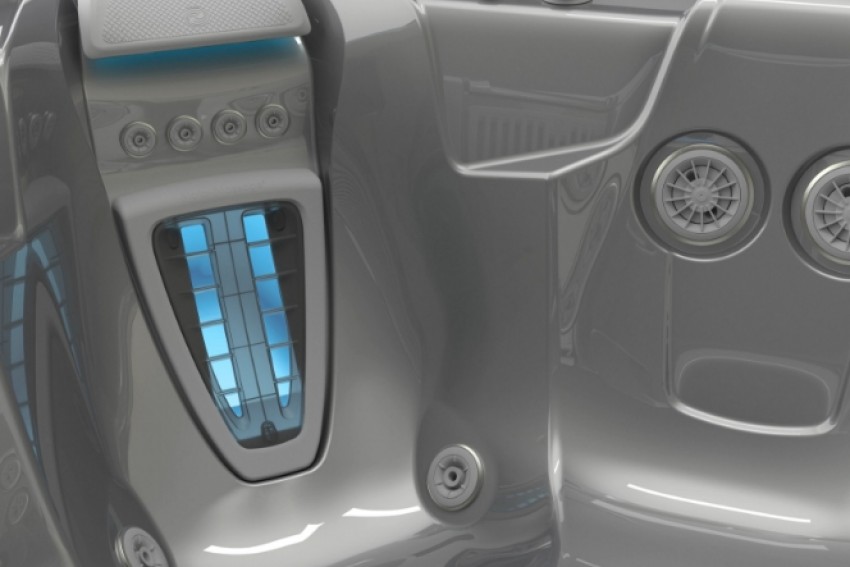It’s a sight that sports fans have become accustomed to over the years: a player runs off the field and soon after is seen soaking in an ice-cold bath. These high-paid athletes obviously have good reasons to do this… but what exactly are they?
The most notable benefit of cold water immersion (CWI) is in reducing the effects of delayed onset muscle soreness (DOMS), which explains its popularity amongst athletes. But there are a wealth of other potential (though less documented) perks, such as reduced inflammation, fat loss, elevated mood and better sleep.
In this article we’ll put the microscope on CWI, taking a look at what it is, how it works, its benefits (both potential and proven), and how you can gain access to it in your own home.
What is cold water immersion?
Cold water immersion (CWI), also known as cold water therapy, cold hydrotherapy or cryotherapy, is the practice of exposing your body to cold water for 10-15 minutes at a time. In most treatments the temperature of this water is around 15C, though it can be much colder.
The practice has been around for millennia, and not just because heated water is a relatively recent innovation. If you’ve ever run from a hot sauna to an icy swim, or enjoyed a brisk shower after exercise, you’ll understand how invigorating cold water can be. As it turns out, the benefits can extend far beyond this initial flood of endorphins.
But before we get to the perks, it’s wise to first understand the physiological responses that arctic H2O has on the body.
How does soaking in cold water affect the body?
What effect does cold water have on the body? How does our physiology respond when exposed to cold?
Cold water elicits a very different physiological response when compared to cold air because of its greater heat transfer (or in this case cold transfer) abilities. It’s the difference between waving your hand around in your freezer versus waving your hand around in a chilly bin filled with ice water – you’ll feel the cold far sooner in the water.
As the cold transfers through your skin to your muscles and soft tissues, it constricts blood vessels. This constriction reduces swelling and helps to numb pain, which is why we apply ice packs to sprains, stings and everything in between.
Finally, as we said at the start, soaking in cold water is also an invigorating experience. The cold shock can increase your heart rate and cause you to generate a number of hormones, from adrenaline to endorphins.
What are the benefits of cold water immersion?
Given the responses described above, what benefits can you expect from CWI and related therapies?
As mentioned above, cold water constricts blood vessels, which can reduce swelling and numb pain. This is why post-match ice baths are such a staple for athletes around the world – they help to limit the pain that so often follows strenuous activity. This was proven in a 2011 study, which found that CWI reduced delayed onset muscle soreness (DOMS) – the medical term for that post-exercise pain.
While professional sportspeople are the most obvious example, anyone who has undertaken a new or strenuous activity has likely experienced DOMS, so CWI forms an effective recovery and rehabilitation treatment for a wide range of people.
A more extreme form of CWI comes courtesy of Dutchman Wim Hof, better known as The Iceman.
What is the Wim Hof Method?
Wim Hof became aware of his cold water tolerance at age 17, when he jumped into a frozen Amsterdam canal. Adopting the nickname The Iceman, he’d go on to achieve a series of Guinness World Records, including:
- Running a half marathon in the Arctic Circle, barefoot and wearing only shorts.
- Swimming under ice for 66 metres.
- Climbing Mount Kilimanjaro wearing only shorts.
Through these challenges, he began to develop the Wim Hof Method, a program in which participants combine frequent cold water immersion with breathing, yoga and meditation techniques.
This program, which features water closer to freezing point, has been proven to:
- Accumulate brown adipose tissue, leading to fat loss.
- Reduce inflammation and fortify the immune system.
- Balance hormone levels, improve sleep, and produce mood-elevating endorphins.
This has led CWI to be used not only by those who are particularly active, but also by people who suffer from chronic pain and other long-term conditions.
Is an ice bath better than cold water immersion?
Both ice baths and cold water immersion have been proven to offer a number of health and wellness benefits, and there is plenty of overlap between the two. As such it’s perhaps a little disingenuous to describe one as ‘better’ than the other.
What we can say is that one is a little more comfortable than the other. While submerging yourself in an ice bath offers that adrenaline-inducing shock that many can find addictive, a Hot Spring spa pool set to 15C is a far more comfortable experience that can offer very similar results.
Cold water immersion also has a lower barrier to entry than an ice bath. You can enjoy it by having a cold shower or filling your bath with cold water.
What is contrast bath therapy?
CWI opens the door to another form of hydrotherapy: contrast bath therapy, where you alternately immerse yourself in cold water and warm water. As you’d expect, warm water has more or less the opposite effect to cold on your body. Most notably it widens (or ‘dilates’) your blood vessels, promoting blood flow.
By switching between hot and cold water, your body oscillates between these two states, which studies have shown can be beneficial in a number of ways:
- Reduced fatigue: In this 2017 meta-analysis contrast bath therapy was shown to reduce fatigue 1-3 days after sport, while this study showed it reduced lactic acid build-up.
- Reduced DOMS: This 2013 study demonstrated contrast bath therapy could reduce delayed onset muscle soreness when compared to resting alone.
- Reduced swelling: In a study of 115 people with ankle sprains, contrast bath therapy was shown to reduce swelling for up to three days after the injury.
How long should you stay in cold water immersion?
Most experts agree that cold water immersion and ice bath sessions should not exceed 15 minutes. The general rule is that you can soak for as long as you want up to that point, although 15 minutes is a long time in an ice bath!
For cold water immersion at 15C, that 15 minute mark is the magic number that most studies use for participants, so if you have a CoolZone-fitted Hot Spring spa pool, you can set your water to that temperature and aim for a quarter of an hour soak, ideally 3-4 times a week.
How can I enjoy cold water immersion at home?
It’s unlikely that you’re a professional athlete, with access to all the CWI equipment and expertise you could ever need. But that doesn’t mean you can’t enjoy the benefits of cold water immersion (as well as warm water immersion and contrast bath therapy.)
In fact, by choosing a Hot Spring spa pool fitted with a CoolZone™ System, you can enjoy all these therapies, as well as relaxation, fun and soothing massage, right in your own backyard!
The exclusive CoolZone™ System is an option for most spa pools in Hot Spring’s Highlife® and Limelight® collections. This innovative and energy-efficient technology not only grants you access to CWI and contrast bath therapies, it also helps you to enjoy a comfortable soak year-round – even in the heat of summer.
Are you keen to experience the soothing effects of spa water that can be actively heated or cooled? Get in touch with our friendly team or book a test soak today!



